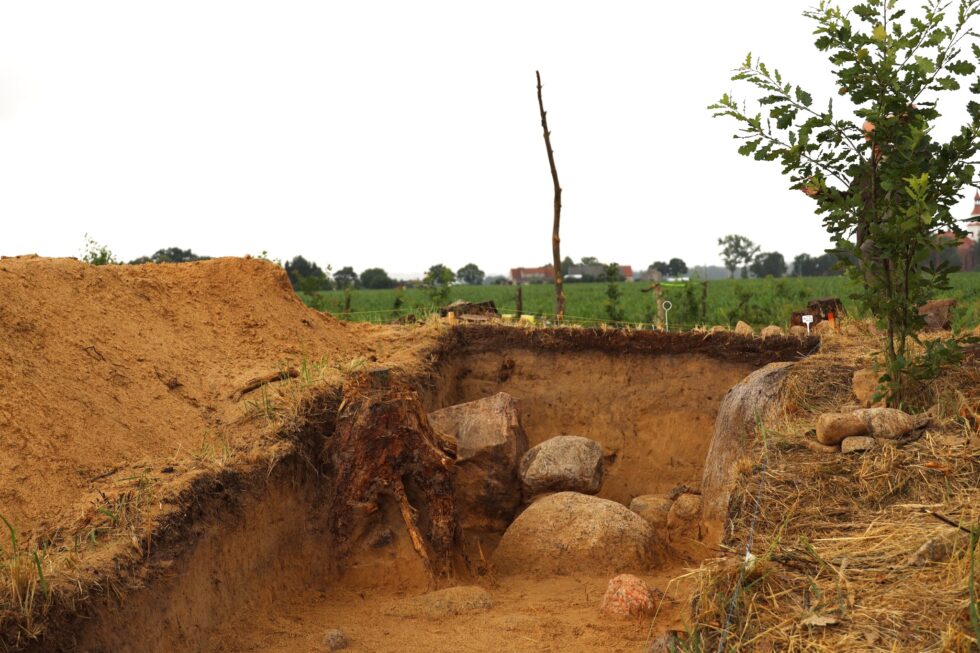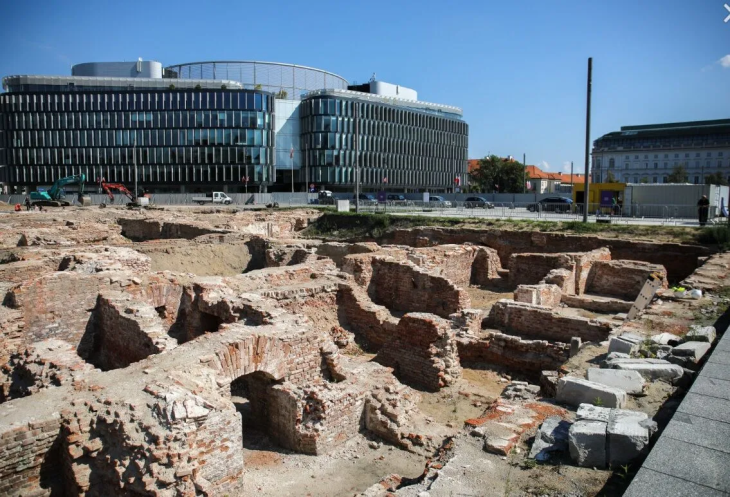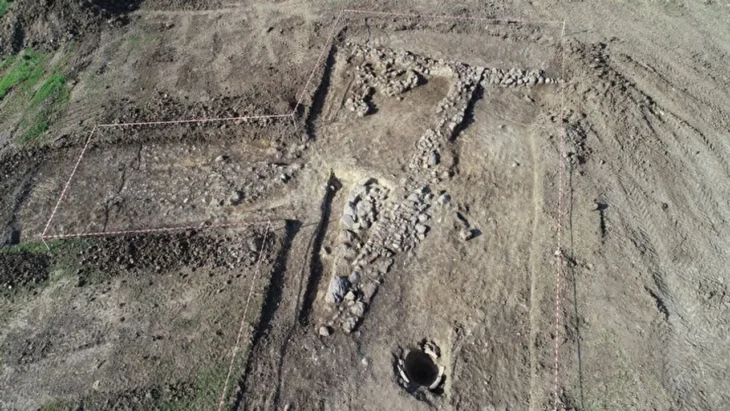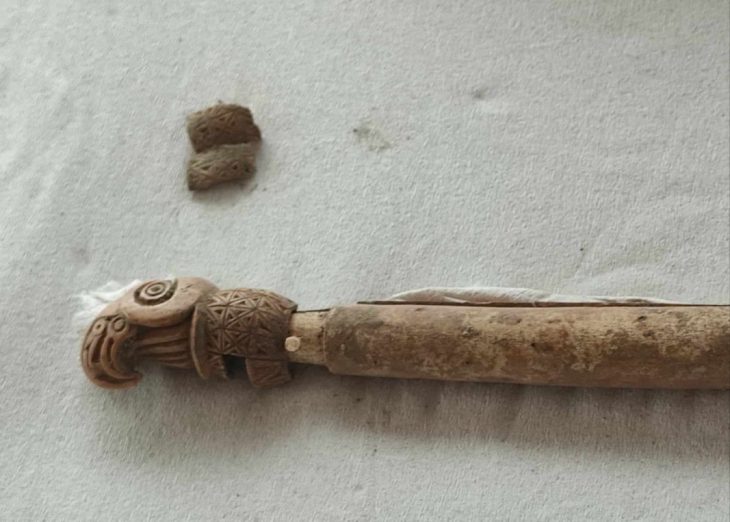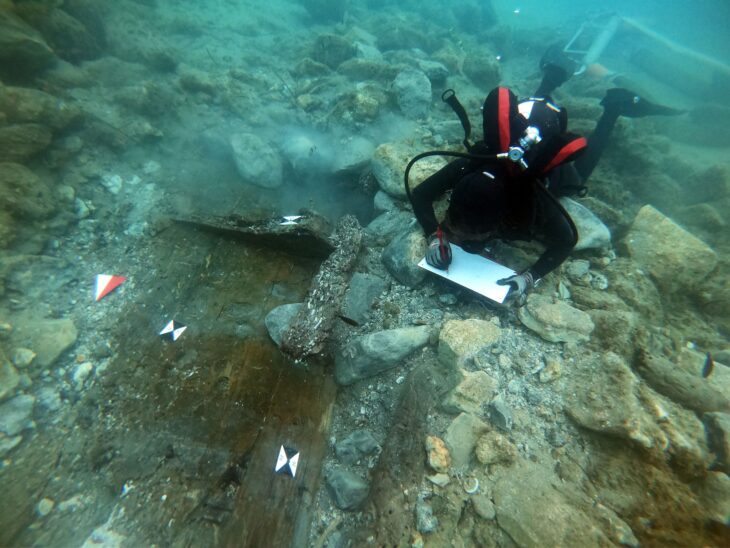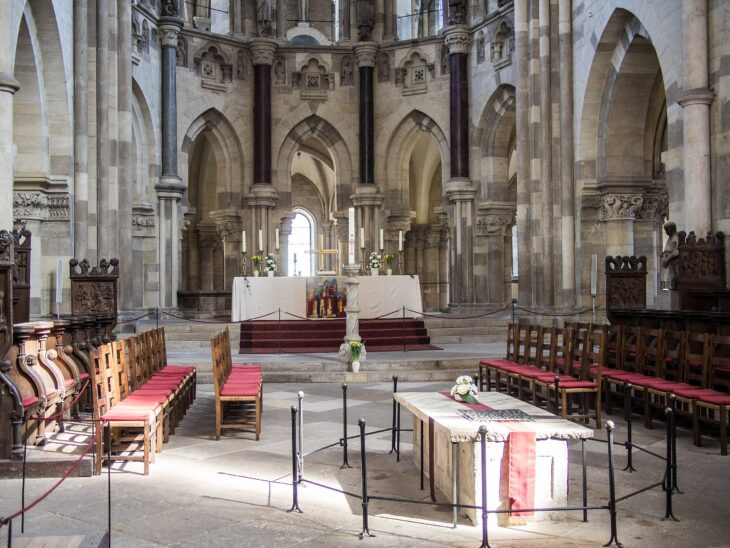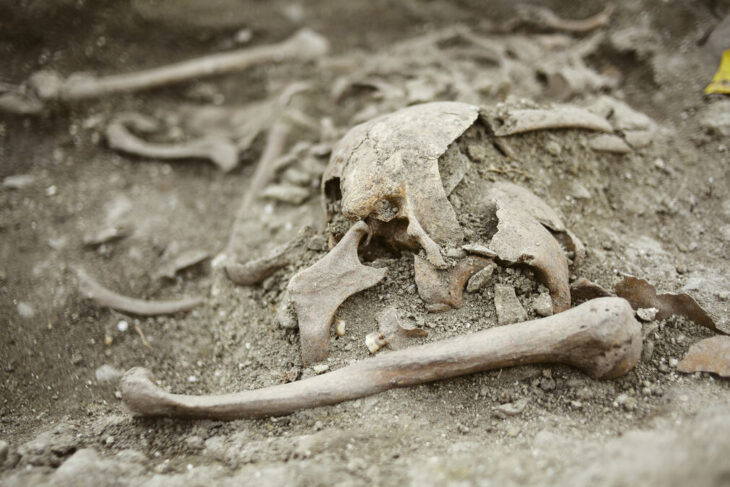Archaeologists in western Poland have uncovered two massive prehistoric structures dubbed the “Poland pyramids,” offering a remarkable glimpse into one of Europe’s earliest agricultural societies.
These megalithic tombs, estimated to be over 5,500 years old, were unearthed in the General Dezydery Chłapowski Landscape Park in the village of Wyskoć, located in the Wielkopolska region.
The discovery was made by researchers from Adam Mickiewicz University in Poznań during a field survey using advanced remote sensing technology. According to experts, the structures date back to the 4th millennium BC and were constructed by the Funnelbeaker Culture, a Neolithic society known for its monumental burial architecture.
What Are the Poland Pyramids?
Often referred to as “Polish pyramids” or “giants’ graves,” these megalithic tombs are large, elongated earth mounds built in a distinctive trapezoidal shape. Some measure up to 200 meters in length and rise to a height of four meters. The front of each mound is significantly wider and higher than the tail end, forming a dramatic triangular silhouette that has earned them their nickname.
Archaeologists believe these structures served as communal burial sites for significant individuals within the Funnelbeaker Culture. Despite being a relatively egalitarian society, key figures such as tribal leaders, priests, or shamans were buried in these grand tombs.
📣 Our WhatsApp channel is now LIVE! Stay up-to-date with the latest news and updates, just click here to follow us on WhatsApp and never miss a thing!!
“Each generation built its own megalith, honoring the deceased who played a vital role in their community,” said Artur Golis, chief specialist in nature and landscape protection from the Wielkopolska Province Landscape Parks Complex.
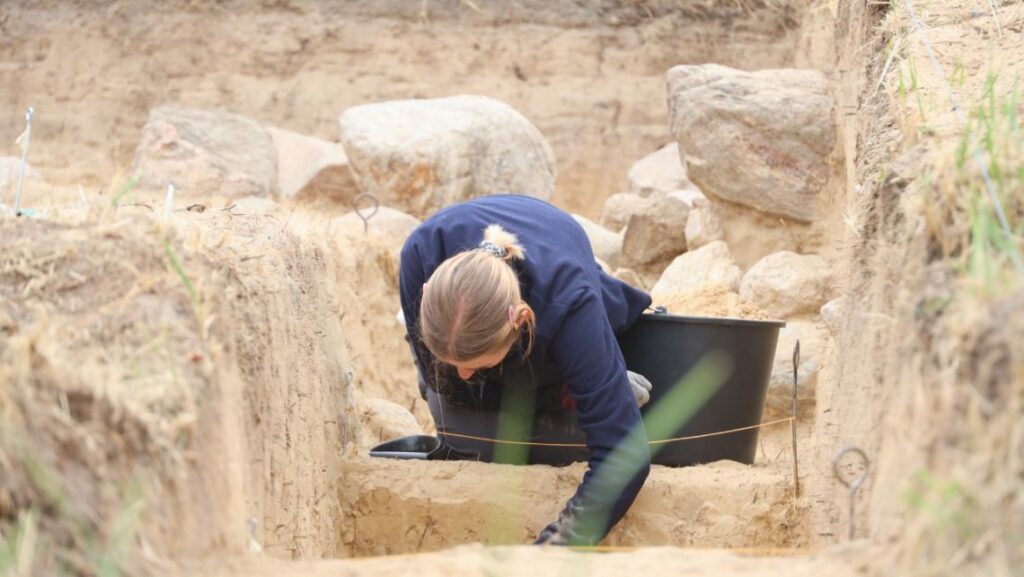
Ancient Engineering Feats
The construction of the Poland pyramids is considered a remarkable achievement of Neolithic engineering. These tombs were built using massive stones—some weighing up to 10 tons—which were transported over long distances using rudimentary tools and communal labor.
Excavations revealed that the megalithic structures were carefully aligned with the cardinal directions, hinting at a sophisticated understanding of astronomy among the builders. Though time has displaced much of the stonework, some elements of the original construction remain intact.
“The largest boulders that formed the entrance of the tomb are missing, likely taken by locals over centuries for building purposes,” Golis noted.
Burial Practices and Grave Goods
Typically, a single skeleton would be laid inside each tomb in a supine position, with the legs pointing east. While no human remains have yet been recovered from the newly unearthed sites, archaeologists are optimistic that grave offerings—such as pottery, stone axes, and even opium vessels—may still be buried nearby.
“These artifacts could provide further insight into the spiritual and daily lives of the Funnelbeaker people,” Golis added.
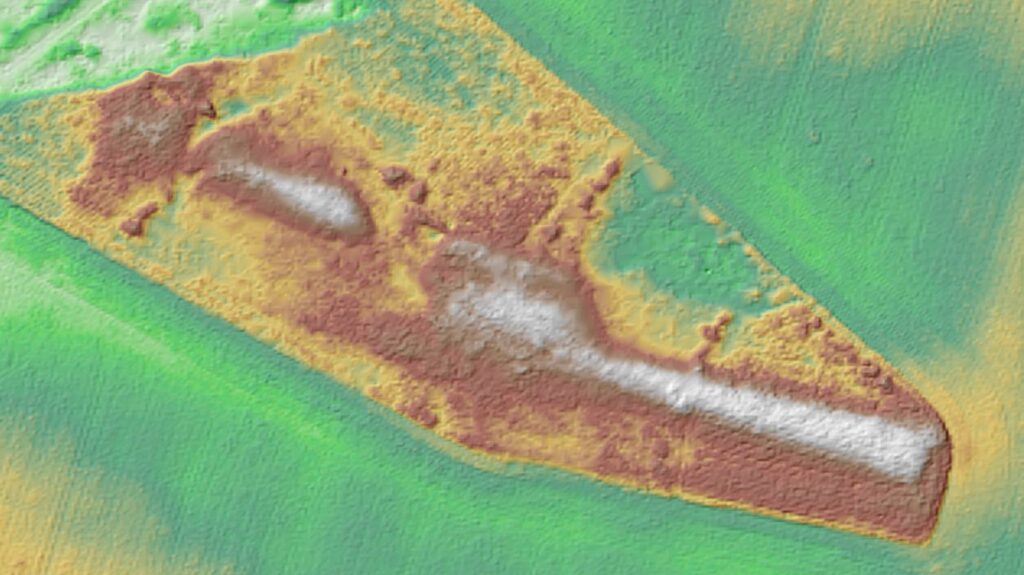
A Rare Find in Wielkopolska
While most Poland pyramids have historically been found in the Kuyavian region in northwestern Poland, the discovery in Wielkopolska marks only the second such finding in this area. The first similar structures were identified here in 2019, making the current find especially significant for regional archaeology.
Out of five promising locations surveyed in the area, two were confirmed to contain these ancient tombs. Excavations at one of the sites have already yielded promising results, and further research is expected to deepen understanding of these rare structures.
A Window into Prehistoric Europe
The Poland pyramids offer a rare window into the social, religious, and architectural sophistication of Neolithic Europe. As one of the earliest examples of monumental burial construction on the continent, these tombs underscore the cultural richness of early agricultural societies that once thrived in the dense forests of Central Europe.
With ongoing research and excavation, these ancient structures continue to shape our understanding of human history—and serve as enduring monuments to the ingenuity of Poland’s prehistoric inhabitants.
Cover Image Credit: Zespół Parków Krajobrazowych Województwa Wielkopolskiego

